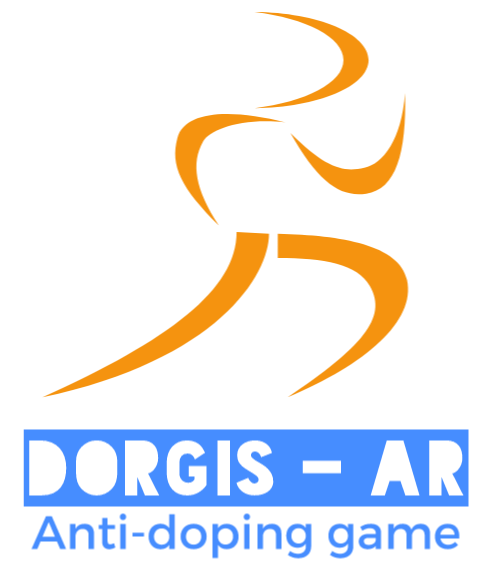The World Anti-Doping Code
The World Anti-Doping Code (Code) is the core document that harmonizes anti-doping policies, rules and regulations within sport organizations and among public authorities around the world. It works in conjunction with eight International Standards which aim to foster consistency among anti-doping organizations in various areas.
These Standards are:
- The International Standard for Testing and Investigations (ISTI)
- The International Standard for Laboratories (ISL)
- The International Standard for Therapeutic Use Exemptions (ISTUE)
- The International Standard for the Prohibited List (The List)
- The International Standard for the Protection of Privacy and Personal Information (ISPPPI)
- The International Standard for Code Compliance by Signatories (ISCCS)
- The International Standard for Education (ISE)
- The International Standard for Results Management (ISRM)
CODE AND INTERNATIONAL STANDARDS REVISIONS
The Code was never designed to be a document that stood still. As anti-doping developed, so would the ideas that would form rules, regulations and policies in the future. Following the experience gained in the application of the 2004 Code, WADA initiated consultation processes in 2006, 2011 and 2017 to review the Code. These review processes were fully collaborative processes that involved the whole anti-doping community, all of whom sought an enhanced Code that would benefit athletes around the world.
WADA initiated the first Code review in 2006. After three phases and the publication of several preliminary drafts, the revised Code was unanimously adopted by WADA’s Foundation Board and endorsed by the 1,500 delegates present on 17 November 2007 at the Third World Conference on Doping in Sport in Madrid, Spain. The revisions to the Code took effect on 1 January 2009.
The revision process for the 2015 Code began at the end of 2011 and, following three phases of consultation over a two-year period, and with 2,000 changes submitted, the revised Code was unanimously approved on 15 November 2013 at the World Conference on Doping in Sport in Johannesburg, South Africa. The revisions to the Code took effect on 1 January 2015.
The revision process for the 2021 Code began at the end of 2017 and, following three phases of consultation over a two-year period, with over 2,000 comments received, the revised Code was unanimously approved on 7 November 2019 at the World Conference on Doping in Sport in Katowice, Poland. The revised Code is set to come into force on 1 January 2021.
Each of these review processes were collaborative and transparent exercises that have resulted in a stronger, more robust tool to protect the rights of clean athletes worldwide.
The 2021 World Anti-Doping Code is now available for purchase on Amazon.ca and Amazon.com.
CODE COMPLIANCE
To date, approximately 700 sport organizations have accepted the World Anti-Doping Code. These organizations include the International Olympic Committee (IOC), the International Paralympic Committee (IPC), International Federations (IFs) (including all IOC-recognized IFs), National Olympic and Paralympic Committees, as well as National and Regional Anti-Doping Organizations (NADOs and RADOs)
Signatories are required to undertake three steps in order to be fully compliant with the Code: acceptance, implementation, and enforcement.
Code acceptance means that a Signatory agrees to the principles of the Code and agrees to implement and comply with the Code.
Once a Signatory accepts the Code, it must then implement it. The implementation of the Code is the process that a Signatory goes through to amend its rules and policies so that all mandatory articles and principles of the Code are included.
Finally, enforcement refers to the Signatory actually enforcing its amended rules and policies in accordance with the Code.
CODE COMPLIANCE MONITORING PROGRAM
In recent years, WADA has put a growing emphasis on ensuring that Code Signatories have quality anti-doping programs in place; and, in keeping with strong demand from stakeholders, that their compliance be monitored rigorously. To do so, in 2016, WADA initiated development of an ISO9001:2015 certified Code Compliance Monitoring Program that was expanded in 2017. The Program, which represents the most thorough review of anti-doping rules and programs that has ever taken place, aims to reinforce athlete and public confidence in the standard of Anti-Doping Organizations’ work worldwide. On 1 April 2018, the International Standard for Code Compliance by Signatories (ISCCS) entered into force, which further reinforced WADA’s Code Compliance Monitoring Program by creating a clear framework for WADA’s compliance activities and outlining the responsibilities and consequences applicable to Signatories.
CODE SIGNATORIES
Sport organizations within the following categories have accepted the Code:
- Olympic Movement
- National Anti-Doping Organizations
- Outside the Olympic Movement
The list of Code Signatories is available here










